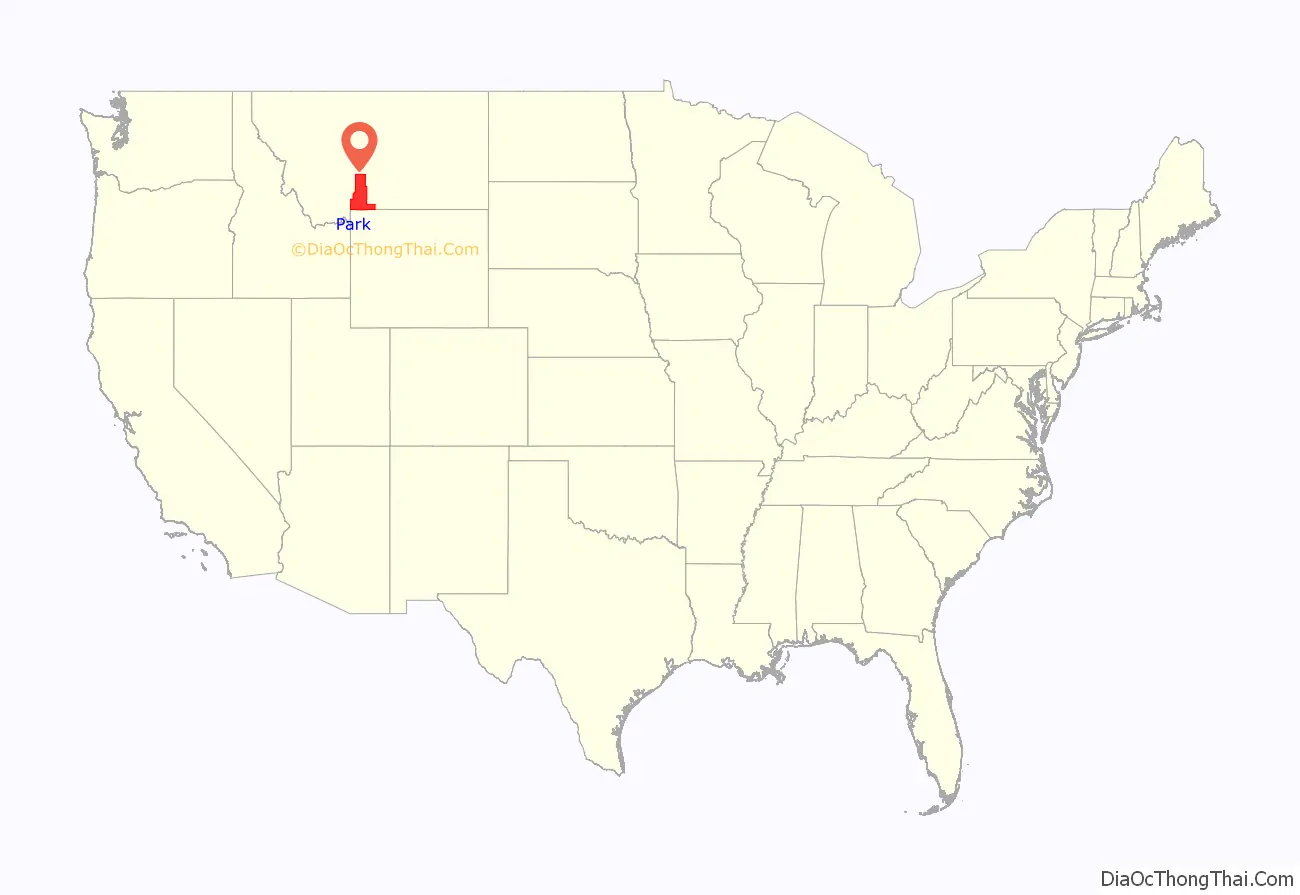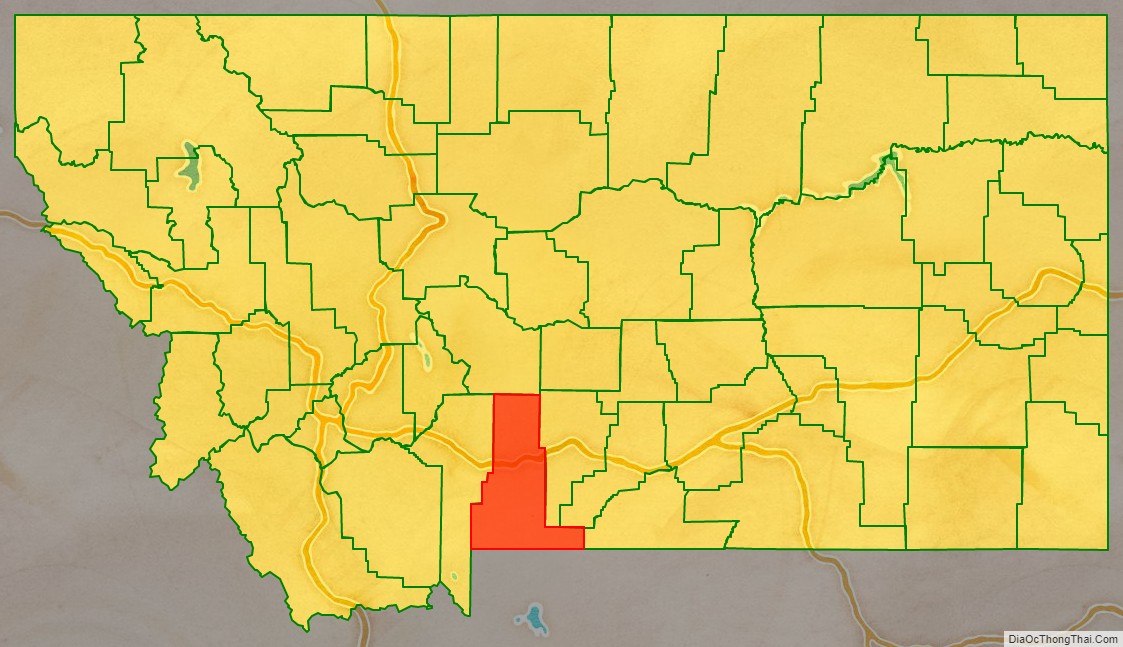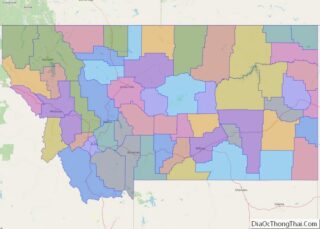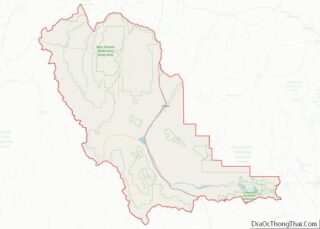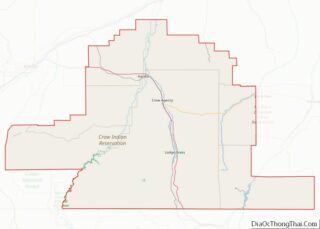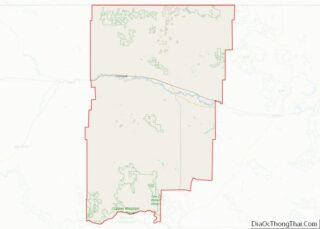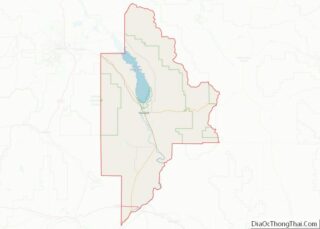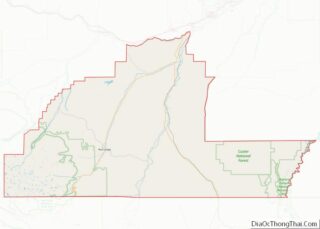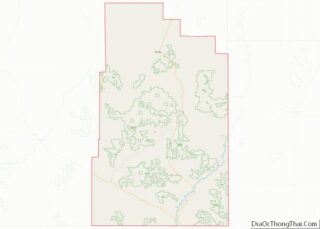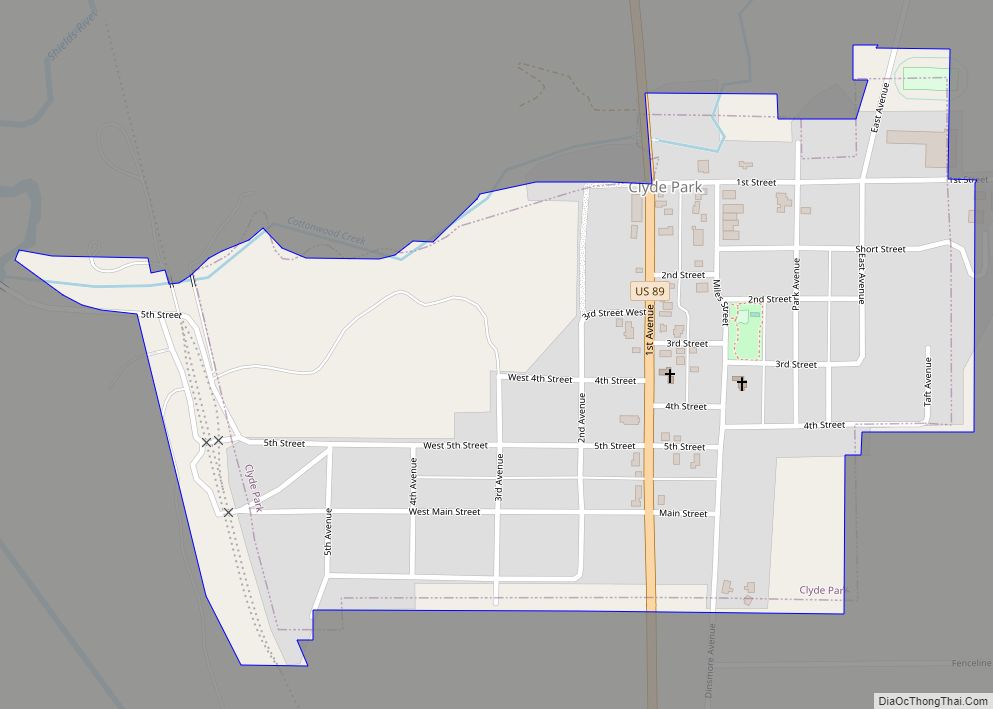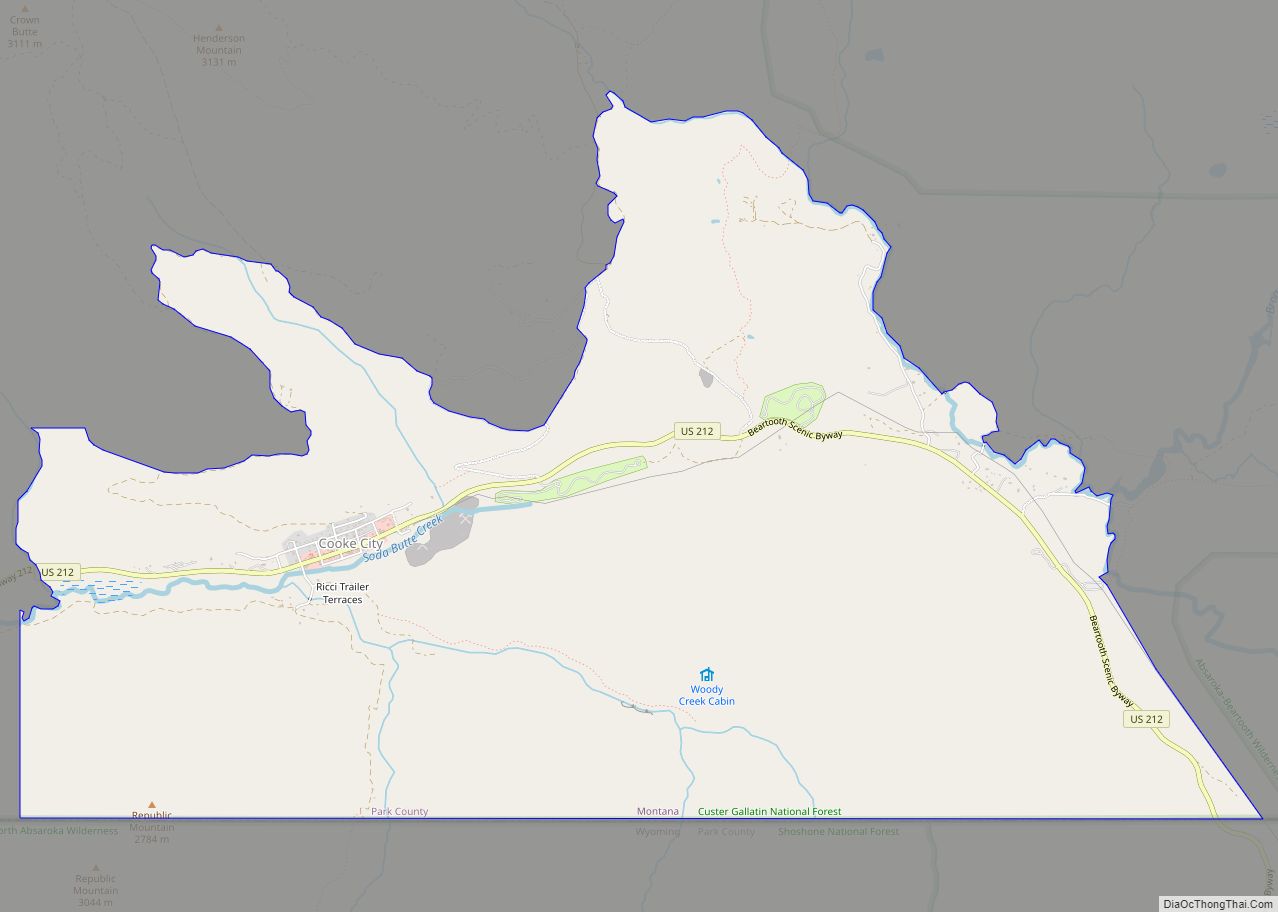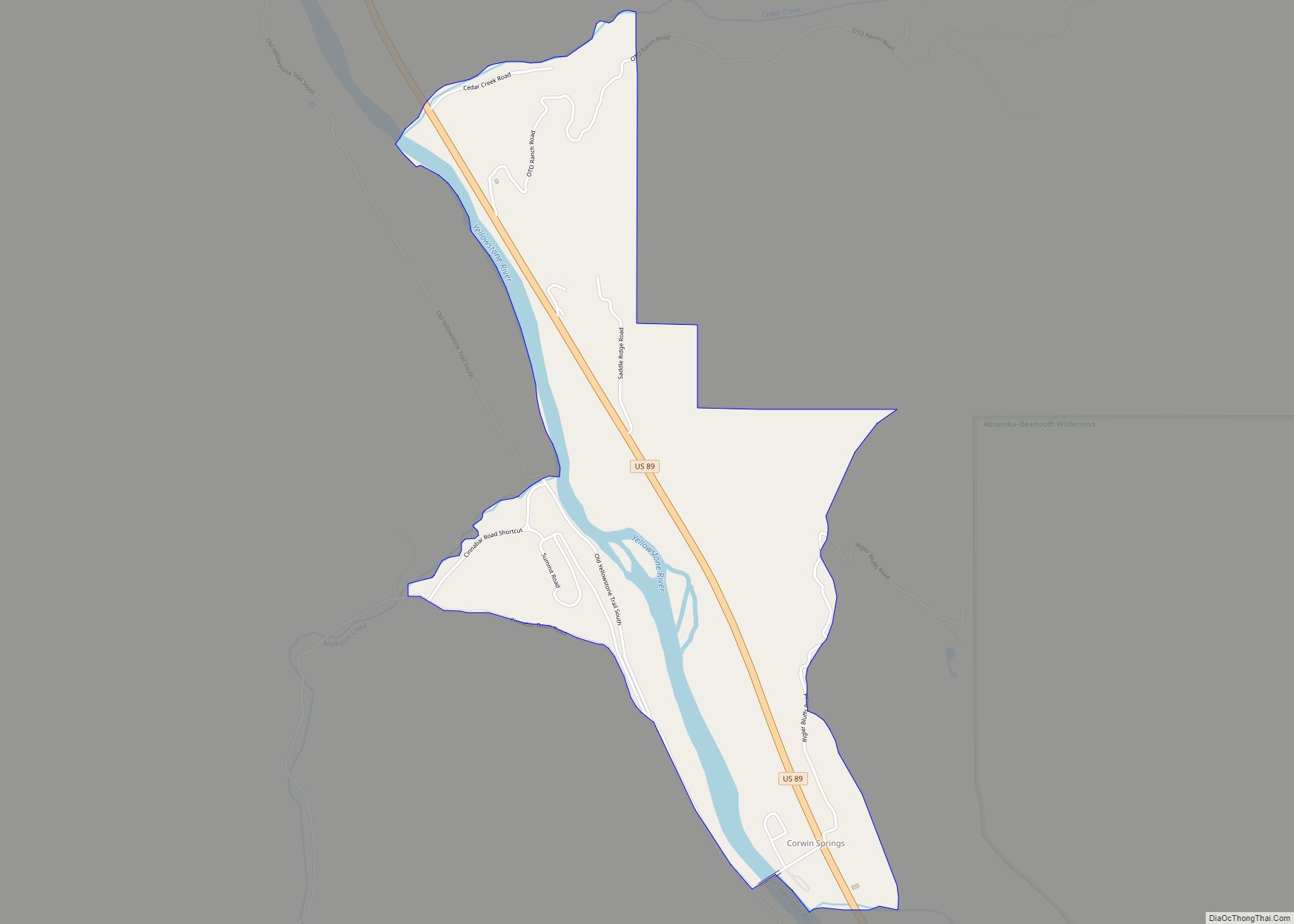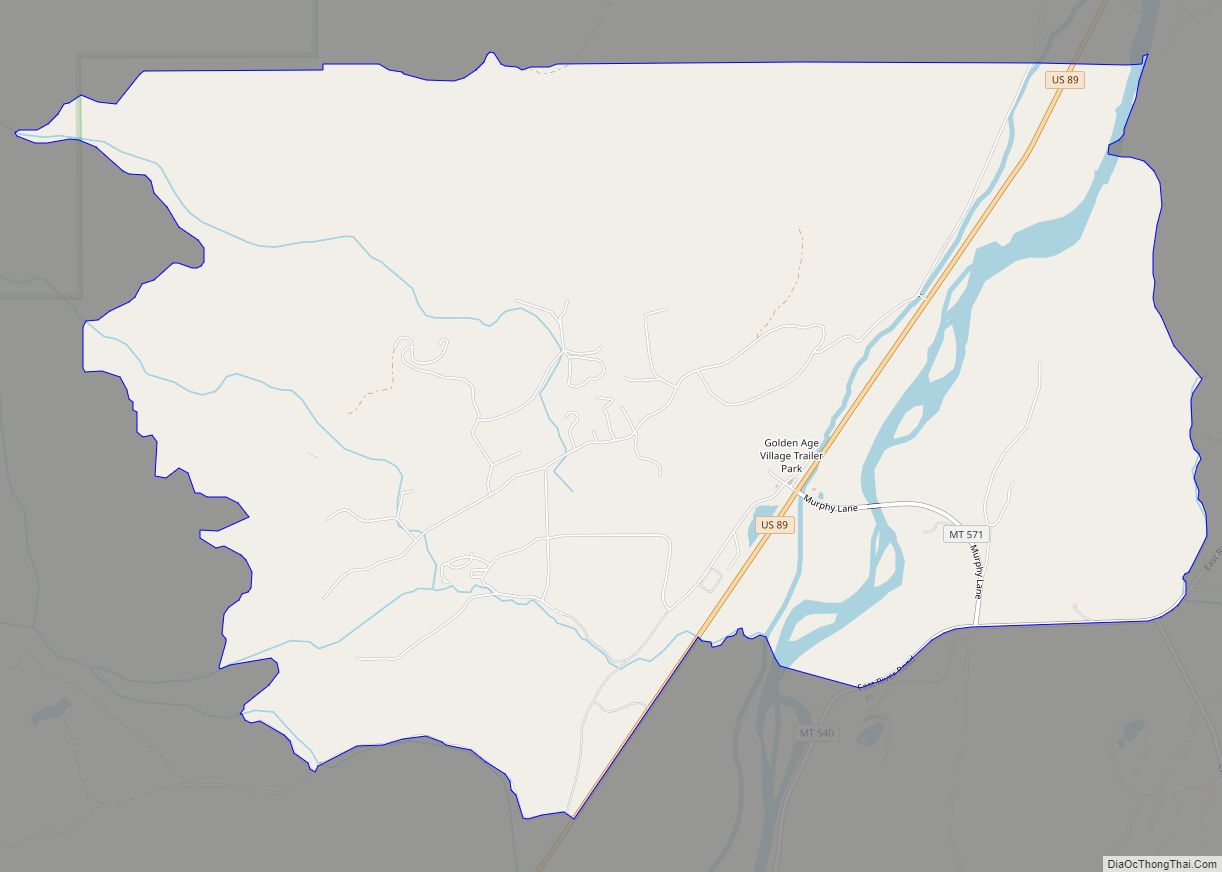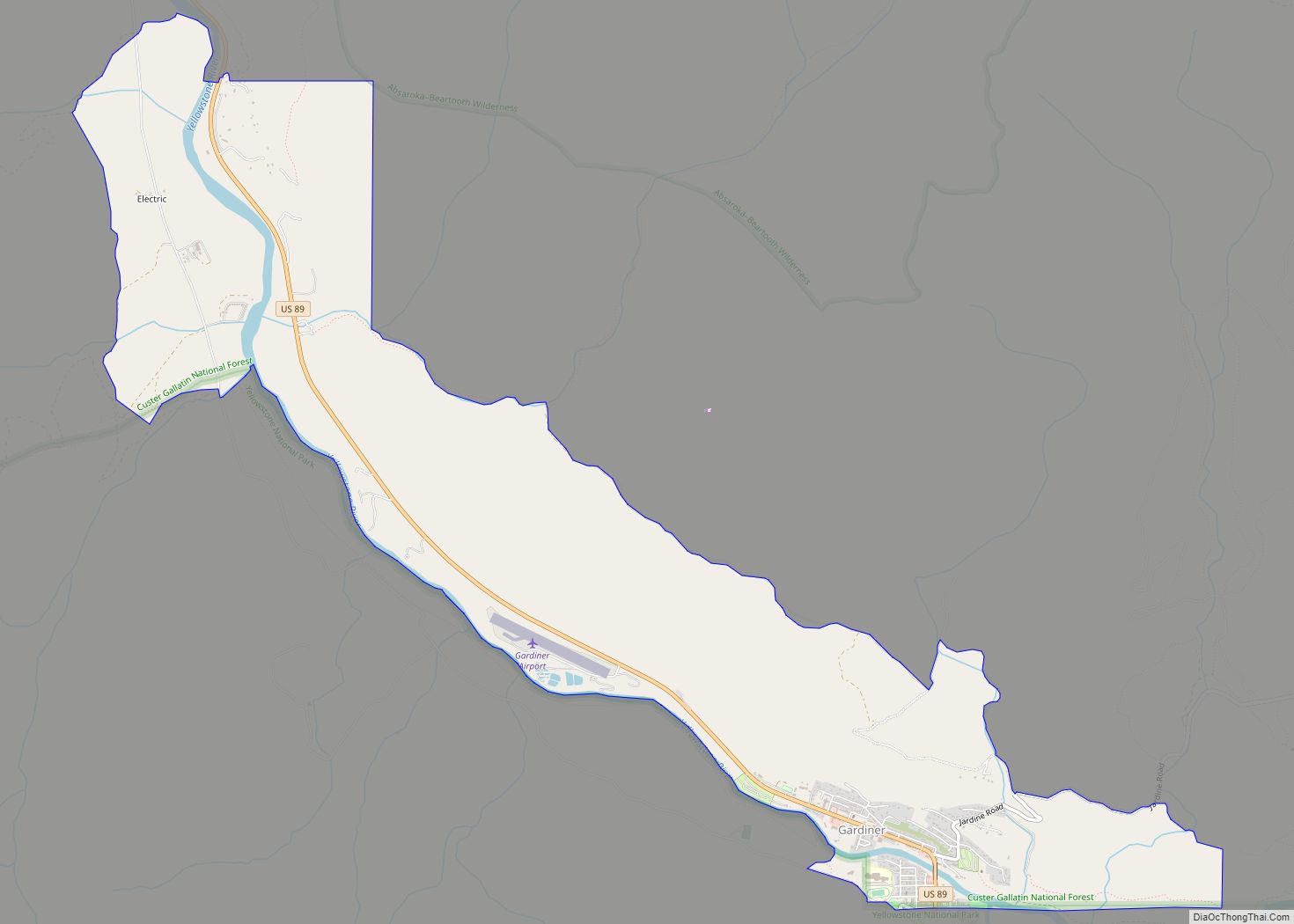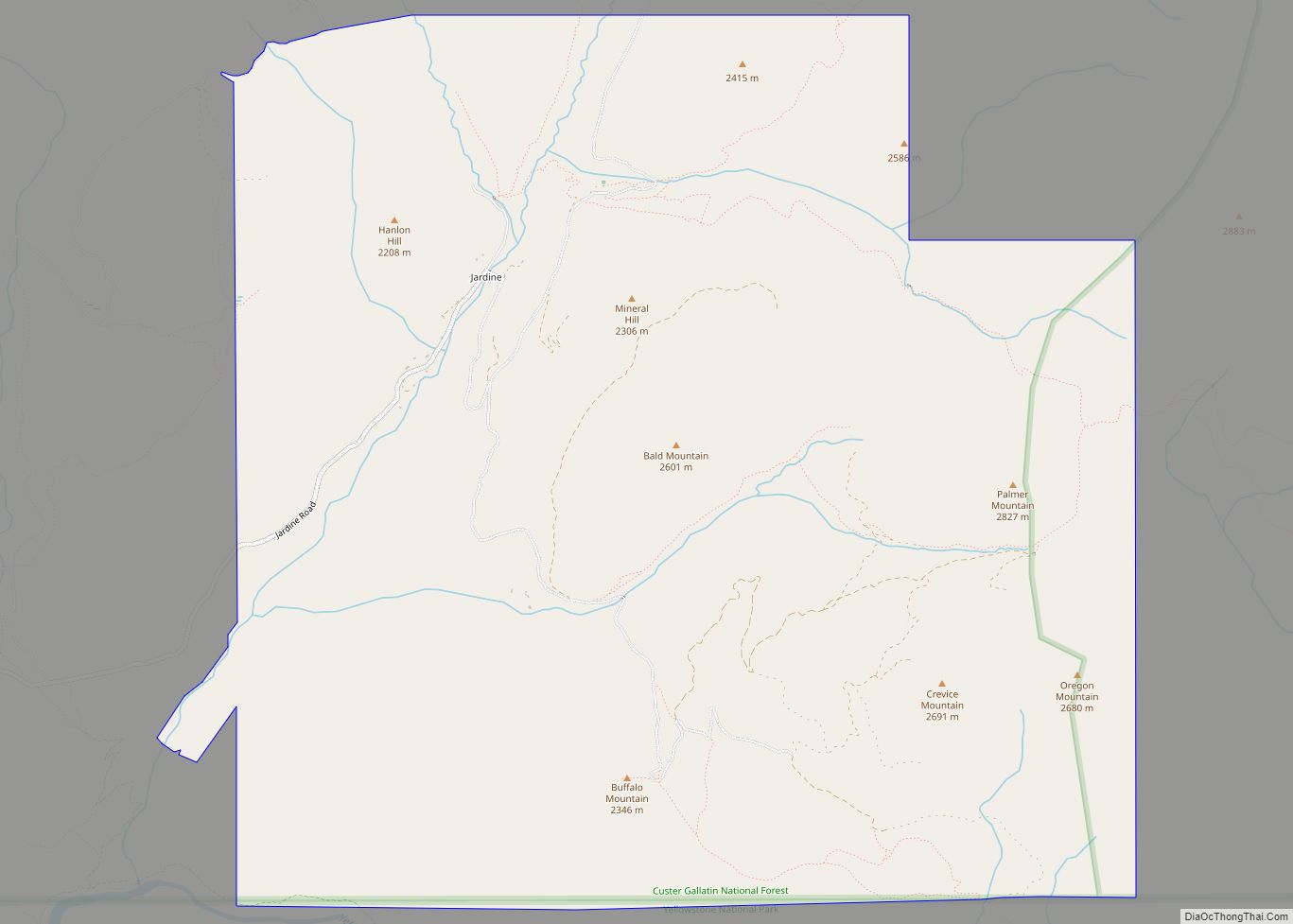Park County is a county in the U.S. state of Montana. At the 2020 census, the population was 17,191. Its county seat is Livingston. A small part of Yellowstone National Park is in the southern part of the county.
| Name: | Park County |
|---|---|
| FIPS code: | 30-067 |
| State: | Montana |
| Founded: | February 23, 1887 |
| Seat: | Livingston |
| Largest city: | Livingston |
| Total Area: | 2,813 sq mi (7,290 km²) |
| Land Area: | 2,803 sq mi (7,260 km²) |
| Total Population: | 17,191 |
| Population Density: | 6.1/sq mi (2.4/km²) |
| Time zone: | UTC−7 (Mountain) |
| Summer Time Zone (DST): | UTC−6 (MDT) |
| Website: | www.parkcounty.org |
Park County location map. Where is Park County?
History
The Territorial Legislature of Montana Territory authorized Park County on February 23, 1887. It was named for its proximity to Yellowstone National Park, part of which is now in the county.
This area had long been peopled and hunted by indigenous peoples, including the Crow, Sioux, and Blackfoot tribes. The first recorded visit of European-descent people was the Lewis and Clark Expedition (1805). Mountain man Jim Bridger wintered with Crow nomads near present-day Emigrant in 1844–45.
Hunting and trapping brought many men across this area during the first part of the 19th century, but by 1850 the beaver population had nearly disappeared. Gold was discovered in Emigrant Gulch in 1863, and by 1864 a booming town was serving the area. In late 1864, Yellowstone City, consisting of 75 cabins, was in operation.
Two miners, John Bozeman and John Jacobs, laid out the Bozeman Trail in 1864 to allow access to western Montana Territory, and it soon became a well-traveled path between Fort Laramie and western Montana. The road ran through the future Livingston area to Bozeman Pass. By the late 1860s considerable traffic was also arriving (and departing) via the Yellowstone River, at an embarkation point in the Livingston area.
By the late 1860s, the indigenous peoples, denied access to their previous areas, had become a danger to the settlers, so Territorial Governor Green Clay Smith organized a militia to guard the Livingston area. The group of 600 men encamped at Fort Howie, near the mouth of Shields River, five miles (8 km) east of present-day Livingston.
In 1868 an Indian agency (including a fortified structure) was established on the Crow Reservation, at Mission Creek, southeast of Livingston. A ferry service to the fort was set up to cross the Yellowstone River, four miles (6 km) east of present-day Livingston. Benson’s Landing was the small settlement that grew around the landing, and was a bustling community center for a few decades.
Interest in the Yellowstone Park area grew around 1870. By 1872, the federal government had established it as the country’s first national park. By 1880 the population of the future Park County was 200. In 1881 the Northern Pacific Railway entered Montana Territory and extended a line to Livingston (which by this time had 500 inhabitants) by November 22, 1882. In 1883 the National Park branch of the Northern Pacific was completed; that year also saw completion of the east–west link of the NP lines, opening the northern part of the nation to commerce and settlement. The local population continued to grow rapidly; by 1887 the territorial legislature had authorized a county and its government had been set into motion. By 1890 the county population had reached 6,900.
Park County Road Map
Geography
According to the United States Census Bureau, the county has an area of 2,813 square miles (7,290 km), of which 2,803 square miles (7,260 km) is land and 10.4 square miles (27 km) (0.4%) is water. The highest natural point in Montana, Granite Peak at 12,807 feet (3,904m), is in Park County. The county attained its present boundaries in 1978, when the former Yellowstone National Park (part) county-equivalent was dissolved and apportioned between Gallatin County and Park County. Gallatin County received 99.155 square miles (256.81 km) of land area and 0.119 square miles (0.31 km) of water area, whereas Park County received 146.229 square miles (378.73 km) of land and 0.608 square miles (1.57 km) of water. The geographies transferred are known as Census Tract 14 in Gallatin County and Census Tract 6 in Park County.
Major highways
- Interstate 90
- U.S. Highway 89
- U.S. Highway 191
- U.S. Highway 212
- Montana Highway 86
Adjacent counties
- Gallatin County – west
- Meagher County – north
- Sweet Grass County – east
- Stillwater County – southeast
- Carbon County – southeast
- Park County, Wyoming – south
National protected areas
- Custer National Forest (part)
- Gallatin National Forest (part)
- Lewis and Clark National Forest (part)
- Yellowstone National Park (part)
